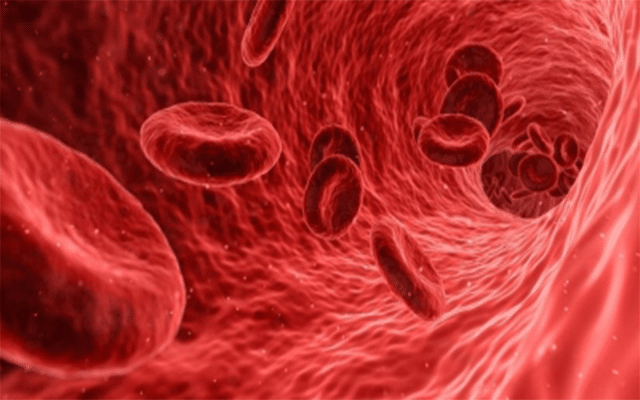New Delhi: The National Sickle Cell Anaemia Elimination Mission, introduced as part of the Union Budget 2023-2024, will pave a “clear roadmap” towards a “coordinated effort” in tackling the disease in India, said health experts on Monday, ahead of the mission’s launch.
The mission, expected to be officially launched by Prime Minister Narendra Modi from Madhya Pradesh on Tuesday, aims to address the pressing health challenges posed by sickle cell disease (SCD), particularly among the tribal population, and to eliminate the disease as a public health problem by 2047.
“With the involvement of the Central government, there is now a clear road map and the focus is on creating awareness, diagnosis and treatment against SCD,” Dr Dexter Patel, who started the Sickle Cell Awareness Mission in 2013 from Gujarat’s Bharuch district, told IANS.
SCD is a genetic blood disorder characterised by the presence of abnormal haemoglobin.
Typically, people affected carry red blood cells that are crescent-shaped and rigid, as compared to normal cells that are round and flexible. The abnormal shape leads to blockages in blood vessels, causing pain, organ damage, and other complications.
India has over 20 million diagnosed patients. Tragically, 50-80 per cent of children with sickle cell disease struggle to reach age five. Each year, around 150,000 to 200,000 children are born with sickle cell disease in India.
“The mission would imply a comprehensive and coordinated effort by the government and healthcare authorities to reduce the burden of SCD within the country,” Dr Amita Mahajan, Senior Consultant, Paediatrics Oncology and Hematology, Indraprastha Apollo Hospital, New Delhi, told IANS.
The government aims to implement the mission in 278 districts of 17 states in the country, namely Gujarat, Maharashtra, Rajasthan, Madhya Pradesh, Jharkhand, Chhattisgarh, West Bengal, Odisha, Tamil Nadu, Telangana, Andhra Pradesh, Karnataka, Assam, Uttar Pradesh, Kerala, Bihar, and Uttarakhand.
SCD is more widespread among the tribal population in India where about 1 in 86 births among the Scheduled Tribes have the condition.
Dr Patel said that a high prevalence of malaria in these geographies is the major reason. The tribal areas were endemic to malaria for many years leading to many deaths, thus, as an evolutionary trait, their red blood cells were becoming sickle-shaped. The genetic mutation to safeguard against malaria led to the incidence of sickle cell which was passed through generations.
Consanguineous marriages among the tribals have further contributed to make them the most affected group, he told IANS.
While sensitising the tribal population is crucial, the key challenges to the missions would include “taking the right diagnostics and treatment to the tribals; training a paramedical team willing to travel the distance; and importantly getting people to test for sickle cell and thalassemia as there is no awareness,” said Dr. Patel, whose foundation has been working for the last 10 years among the affected.
According to Dr Mahajan, the national SCD elimination mission could help boost prenatal and neonatal screening, awareness and education among masses that can encourage individuals to undergo genetic testing and counselling before marriage.
Importantly, “the mission would likely focus on improving access to quality healthcare services for individuals affected by SCD. This would include ensuring availability of SCD-specific treatments, such as regular blood transfusions, pain management, and infection prevention. Additionally, efforts would be made to train healthcare professionals in SCD management and establish specialised centres for comprehensive care,” she noted.
While there is no known cure for SCD, various treatment approaches can help alleviate symptoms and reduce the frequency and severity of complications.
However, “the success rate of these treatments can vary depending on several factors, including the individual’s specific condition, the stage of the disease, and the availability and adherence to treatment options,” Dr Mahajan told IANS.
“Hematopoietic stem cell transplantation, also known as bone marrow transplantation, is a potentially curative treatment for SCD.
“It involves replacing the patient’s bone marrow with healthy stem cells from a compatible donor. Successful HSCT can result in the production of healthy red blood cells and eliminate the symptoms of SCD,” she said.
But, the success rate of HSCT depends on several factors, including the availability of a suitable donor and the patient’s overall health condition. The procedure carries risks and requires careful assessment and follow-up care.
Other common treatment options for SCD include pain management using nonsteroidal anti-inflammatory drugs (NSAIDs), and opioids; regular blood transfusions can also be used to manage complications of SCD, such as severe anaemia and stroke prevention in high-risk individuals, the health expert said.

















